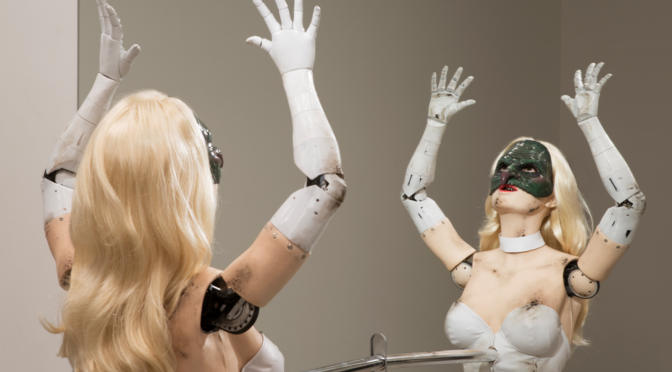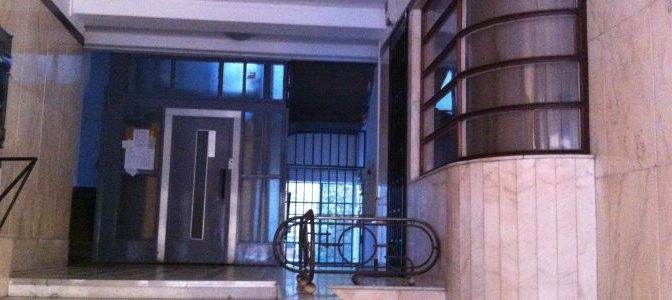17. ročník Evropské letní university (UEE) akademické sítě OFFRES (frankofonní organizace pro evropské vzdělání a výzkum ve společenských vědách)
Kde: Filozofická fakulta Univerzity Karlovy, Praha
Organizátoři: Filozofická fakulta Univerzity Karlovy a CEFRES
Jazyk: francouzština
Organizační komise: Arnaud François (Université de Poitiers), Chiara Mengozzi (CEFRES – Université Charles) et Ondřej Švec (Université Charles)
Program letní školy ke stažení zde
Přednášející: Jean-Marc Besse (Lyon), Luis Manuel Bernardo (Lisabon), Georges Bondor (Jasy), Felice Cimatti (Arcavacata), Catherine Coquio (Paříž), Bernard Feltz (Lovaň), Josef Fulka (Praha), Daniele Giglioli (Bergamo), Thierry Hoquet (Paříž), Nenad Ivić (Záhřeb), Karel Kleisner (Praha), Michał Kozłowski (Varšava), Philippe Sabot (Lille), Maja Vukušić Zorica (Záhřeb).
Přednášky jsou veřejně přístupné.
Tato pražská letní škola si klade za cíl teoreticky, eticky i politicky revidovat koncepci lidství na základě toho, co bylo tradičně pojímáno jako jeho vnějšek. Naším úkolem bude kritické zhodnocení rozličných způsobů, jimiž je vymezováno to, co je člověku vlastní, se zvláštním důrazem na násilí skryté v gestu oddělujícím lidské od nelidského, na nedostatky antropocentrismu a na rizika spojená s představou člověka jako míry všech věcí, pána a vlastníka přírody. Vodítkem nám přitom budou současné snahy o decentrování člověka a jeho pojímání na základě přírody, provázanosti a různorodosti forem života, stejně jako úvahy o budoucích proměnách, či dokonce vymizení jeho současné podoby. Svým transdisciplinárním zaměřením má tato Evropská letní škola poskytnout příležitost k setkání a konfrontaci mezi společenskovědními obory – filosofií, literaturou, politologií, rétorikou a kulturní antropologií – a přírodními vědami, zejména biologií a etologií. Přednášky, workshopy a společné diskuse budou rozděleny do následujících, vzájemně propojených tematických okruhů: uvažovat o člověku na základě jeho sounáležitosti s přírodou, na základě jeho vratkého odlišení od zvířete a v post-humanistické perspektivě jeho možného konce.







